Wildlife Photo Safari – Conservation through Exploration
Marine biologist led with focus on conservation, collecting data and educating the public about the diverse wildlife of offshore Oahu.
More than any other phenomenon, nature inspires awe. Calmer, summer weather has everyone excited to visit the remote offshore areas of seamounts and upwelling, where the more spectacular whales, dolphins and seabirds are found.
Due to its extreme isolation and climactic conditions, Hawaii is characterized by high levels of endemism in both its native animals and plants, with over 10,000 species found nowhere else on earth.
Our all day photo tours focus on getting those shots. They include local guide narration on the wildlife, habitats, community, and stories that make the islands Hawai’i.
Conservation photography can help conserve Hawaiian wildlife (or that in your own backyard!). See our current publications – or projects @ Oahu Citizen Science on the Sea.
What will we do?
Half day surf-ari’s – Oahu’s calmer leeward ocean has 5 FAD’s (Fish Aggregation Devices), combined with natural steep ocean ledges, attracting a variety of pelagic species. Winter season, we’ll get out to Ka’ena Point and also view the only albatross nesting site on Oahu. These are private charters only, contact us for availability.
Get behind the scenes insight on ocean habitats, wildlife behavior, camera techniques and composition. Our photographer’s long developed expertise gives you the best success for wildlife photography both above and underwater.
Seasonally custom designed tours – spring, summer, fall
- 6 participants max – personal attention to all
- Wildlife photography ops both above and underwater
- Trusted naturalist/biologist/photographer guides – blend science, conservation and technique
- Lunch and snacks
- Sunrise (both golden and blue light!) to midday hours (~ 6+ hours)
- $395 per person
- $2499 Private Charters
- To meet these goals please consider the following:
- Nature is unpredictable — it’s the reality (and beauty) of being a wildlife photographer
- To capture amazing imagery of wildlife, expect to spend time on the boat (in shade or sun), often in deep water up to 25 miles from land
“Most life on the ocean can be described as patchy rather than uniform, you may encounter hours of empty horizons and then come upon wildlife and biomass concentrations that dwarf anything you’ve ever seen on land or nearshore”
Ho’i i Ka Pilina Kai – Connecting to the Ocean
Onboard, for research photography, we use long lenses on our DSLR’s or mirror-less cameras. A 300mm or larger lens is suggested for some of the more shy whale or dolphins. We also want to keep the wildlife relaxed and capture their “real” lives (Amazing from Afar), allowing them to approach us. Not every shot has to be formal nor use expensive equipment. Smart phones capture fantastic images on or near the boat, as well as panoramas and portraits.
Don’t forget a GoPro or other underwater setup if in your gear bag! A GoPro on a telescoping stick can be stuck in the water from the boat for initial identifying shots of wildlife. The GoPro will also go snorkeling with you for footage of turtles, dolphins, rays or other wildlife.
Ask about bringing a drone onboard – for comfort on our end as well as yours and theirs.
If you are purchasing or borrowing new gear, please use and get familiar with it before the tour. It can be frustrating to figure stuff out onboard or while snorkeling -especially at sea.
Oh, for ever to have sunny skies and calm water. But, it’s the ocean and beyond our control. Our captains are experienced and will make the right call when it comes to weather. If concerned, give us a call and we’ll help prepare you for expected or current conditions.
What to Bring
Lightweight practical, quick-drying UPF outdoor wear suitable for tropical climates.
- Bandana/Gaiter
- Swimsuit
- Windbreaker
- Sunscreen and sun hat with stiff front brim and chin strap (won’t fly off in the wind)
- Good quality sunglasses, 100% UV protected, preferably polarized.
- Anti-nausea tablets if you suffer from motion sickness (best taken the night before)
- Please bring refillable drinking bottle to (helps for eliminating plastic waste)
CAMERA GEAR
- Camera equipment including spare batteries and memory cards
- Consider a waterproof/salt-spray proof bag or cover for your camera (saran wrap, or a light towel may work!).
- Polarizer filter(s) optional
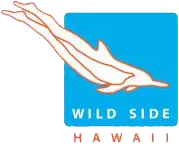
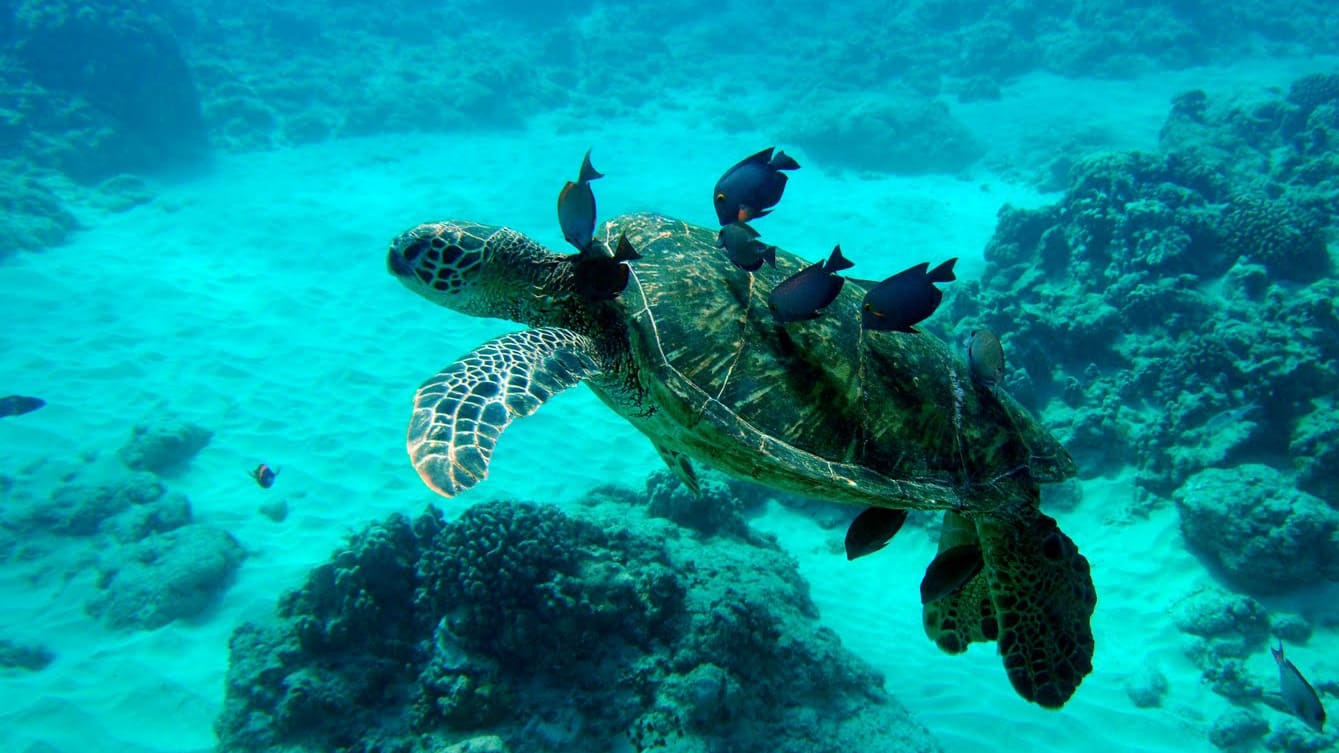
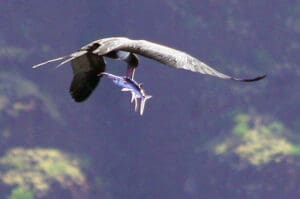
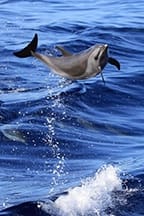 Seasonally custom designed tours – spring, summer, fall
Seasonally custom designed tours – spring, summer, fall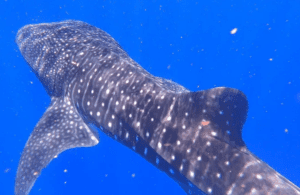
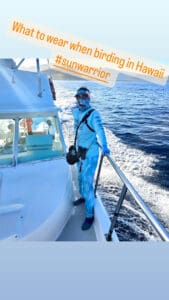 Lightweight practical, quick-drying UPF outdoor wear suitable for tropical climates.
Lightweight practical, quick-drying UPF outdoor wear suitable for tropical climates.